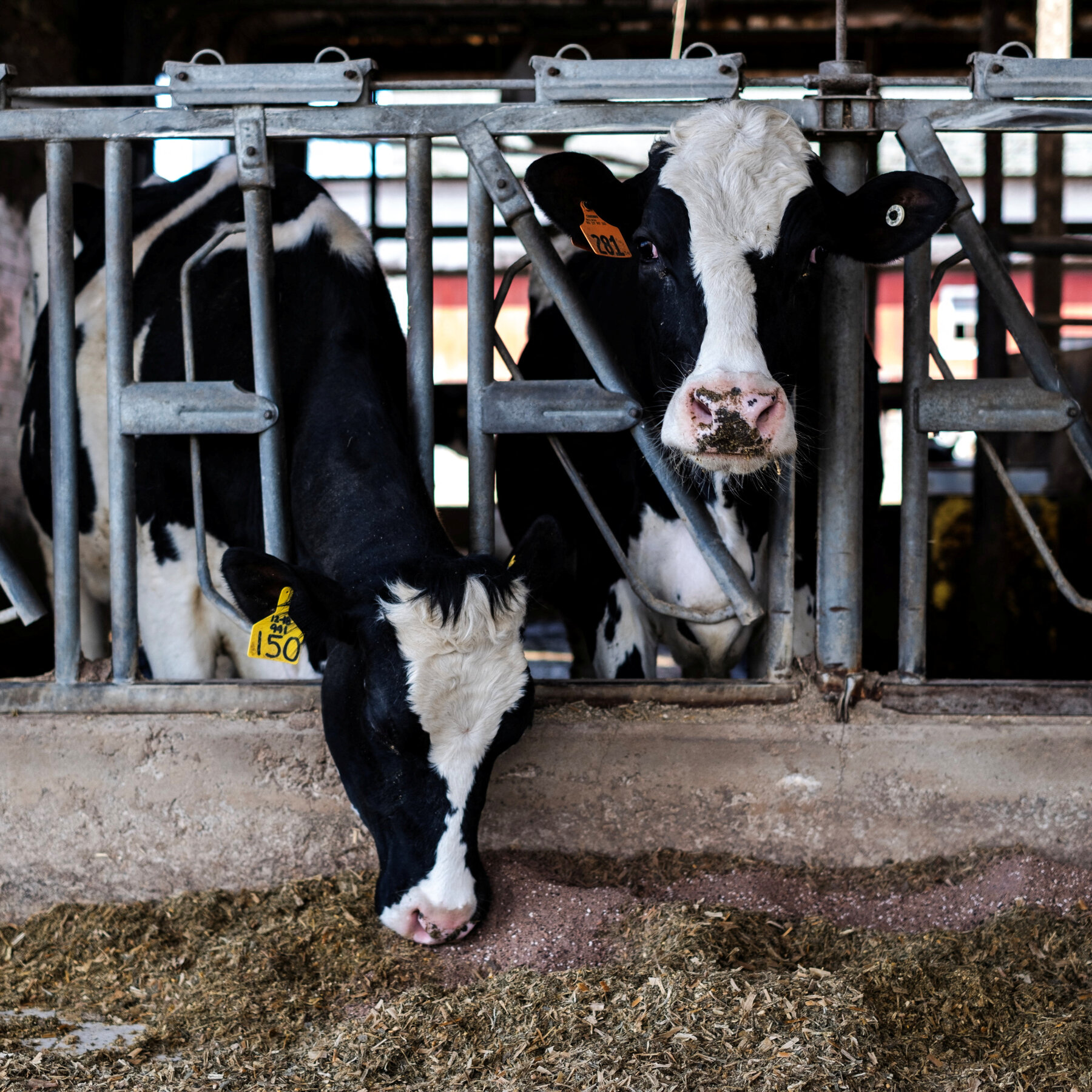A recent scientific breakthrough has raised new alarms in the public health community, revealing that the H5N1 avian influenza virus—commonly known as bird flu—may be capable of spreading through the air in dairy farm environments. This emerging evidence marks a pivotal development in how experts understand the virus’s behavior and its potential to evolve into a greater human health threat.
Virus Detected in Air and Waste Systems
In a series of recent studies conducted at infected dairy farms, researchers found that viral particles from H5N1 were present not only in raw milk and wastewater but also in the air inside enclosed areas such as milking parlors. The discovery that the virus can survive in aerosolized particles is especially concerning, as it suggests workers and animals in close quarters could be exposed through inhalation, not just direct contact.
Although bird flu has long been known to spread among birds and poultry through secretions and contaminated surfaces, this airborne possibility in mammalian environments is a potentially game-changing revelation.
Risk to Workers and Potential for Adaptation
To date, a small number of dairy workers in the United States have contracted the virus after direct exposure to infected animals. Most reported mild symptoms such as conjunctivitis, but health officials warn that each new infection represents an opportunity for the virus to mutate further. The more the virus spreads among mammals—especially in high-density farming operations—the greater the risk it could adapt to infect humans more easily.
Of particular concern is the fact that mammals like cows, cats, and even ferrets have shown susceptibility to this virus. In laboratory tests, the strain currently circulating among U.S. dairy cows was found to infect ferrets through airborne transmission—one of the closest models to human infection dynamics.
No Human-to-Human Transmission Yet—But Vigilance Needed
Despite the latest findings, there remains no evidence of sustained human-to-human transmission of H5N1. Health authorities continue to stress that the overall risk to the general public is still low. However, the detection of airborne virus in agricultural settings has prompted calls for enhanced safety protocols.
Experts recommend improved ventilation in barns, strict use of personal protective equipment (PPE) for farmworkers, and rigorous sanitation measures to reduce environmental contamination. Additionally, testing and isolating infected herds have become top priorities to prevent further spread.
A Turning Point for Bird Flu Surveillance
The growing presence of H5N1 in mammals, particularly in environments where humans and livestock interact daily, has shifted the landscape of avian influenza risk assessment. Scientists are now closely watching for any signs that the virus is gaining the genetic tools needed to jump between humans more efficiently.
This latest revelation underscores the importance of early detection, robust agricultural safety standards, and increased research investment into the evolving behavior of zoonotic diseases. As the world continues to grapple with lessons learned from past pandemics, experts warn that preparation—not panic—is the best defense against emerging viral threats like H5N1.














Leave a Reply